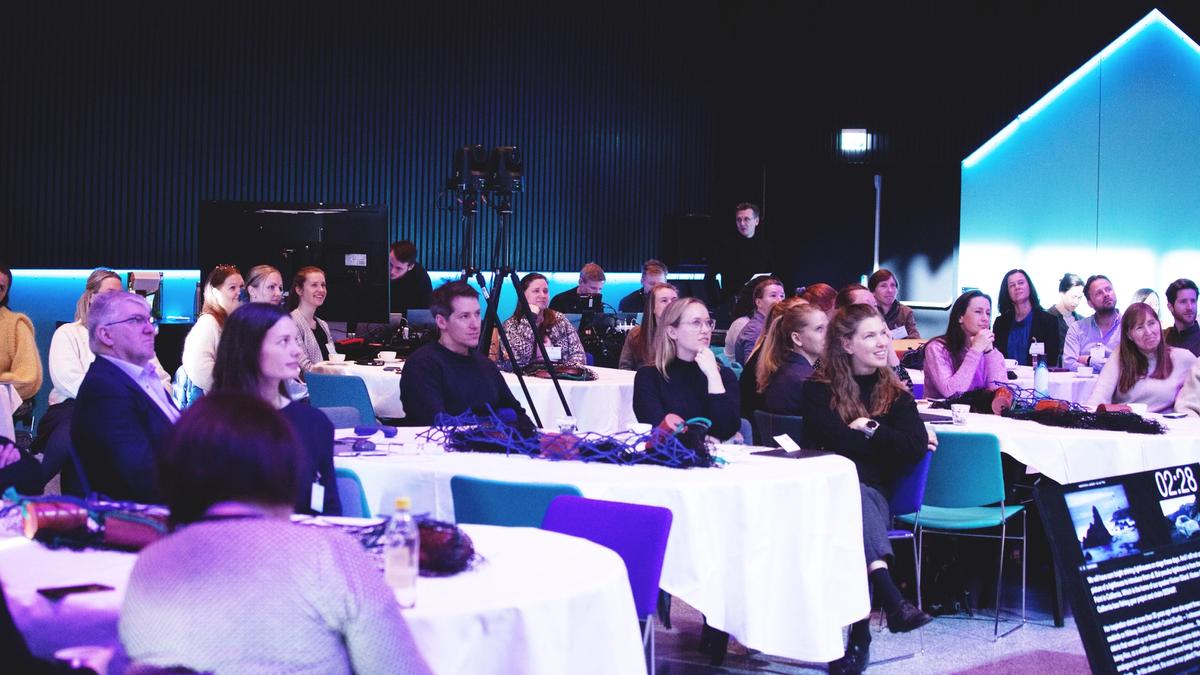Lighthouse Lofoten 2022 aimed to accelerate and strengthen preventive actions. Conclusion? We have the knowledge to move forward, the question is how.
The Lighthouse Lofoten conference gathered participants from all over the world in Lofoten and digitally in the beginning of April 2022. The main theme of the conference was prevention of marine litter from sea-based sources. The conference first talk gave the participants insight in GESAMPs report on marine litter from sea-based sources and specially the findings on solutions. The chair of the working group behind the report, Kirsten Gilardi, gave the audience a grand tour of the report and its principal findings. Her talk gave the audience a broader understanding of marine litter from sea-based sources. She ended her talk with the solutions and some of them were:
- Improved facilities for end-of- life fishing gear
- Education and awareness
- Best practices and Codes of Conduct
- Improvement of port reception facilities
From best practice to common practice
The severeness of the problem of sea-based litter is established, technology and best practise are available, but what must be done to make these solutions to common practise? One of the main responses to this was repeated several times, “it’s better to do something than wait and do nothing”. One of the doers at the conference were Joel Baziuk from Global Ghost Gear Initiative (GGGI). He presented their Best Practise Aquaculture framework. The framework is based on risk assessment and understanding of the aquaculture industry and waste management. It also has a multistakeholder approach on suggestions of activities and practise to prevent marine litter for aquaculture. GGGI has a similar framework addressing fisheries. Their frameworks address possibilities for all kinds of stakeholders to move forward. There is also a strong upcoming momentum with several EU directives that put a legal pressure to establish a better and common practise to prevent marine litter for sea-based sources.
What a waste?
A returning issue in many of the conference talks, from Frode Syversen to Bjørn Vidar Vangelsten, was the harbour and its importance in preventive measures to reduce marine litter form sea-based sources, its possibilities in a circular economy and its weaknesses when it comes to facilitate effective waste management.
“In Norway new regulations are coming with the implementation of the EU ship directive with fees for waste facilities in harbours. But what about sorting and circularity. Are vessels designed to transport the waste to land? And where does the waste end on land?” said Frode Syversen and talked about the need for a take-back system that ensure a value chain for waste from sea-based sources and efficient logistics for recycling.
“In a value chain there is a need for different incentives to increase recycling.”
Bjørn Vidar Vangelsten has been involved with research projects at Nordland Research institute, that looked on the attitudes among fishers in Northern Norway and the Arctic. One of the conclusions in the research was that one of the key measures to reduce marine litter is standardized waste management systems and improved infrastructure in harbours.
“The interesting part when it comes to changing attitudes, is the harbour. What fishers meet in the harbour influence their will and possibilities to handle their waste. And if it is a hassle to find the facilities, if they are locked or full, they question it, “why should we take waste to land if no one there takes care of it?””, said Vangelsten.
Everyone needs an alternative to make a change
Different strategies are used in behavioural interventions and awareness raising. Research in the field of environmental psychology has looked at the effect of these strategies. Sohvi Nuojua showed findings around the effectiveness of interventions with promising impact. Reminders that make us feel a certain way, framing commitment and infrastructure that is convenient where three promising findings and the most important was the lesson learned that people need alternatives to act on. If they are not there, awareness doesn’t necessarily lead to an actual change in behaviour. Examples from an evaluation of the Fishing for Litter scheme showed some of these promising behavioural strategies.
“Empowerment, just involving people in a scheme like this, make them take part in change and act on responsibility”, said Sohvi Noujua in her talk at the second day of the conference.
Ocean connectedness was also highlighted as a strategy that impact behavioural change. The idea is that if people have a deep psychological relation to nature, harming nature also harms all. Kenneth Bruvik has worked with nature connectedness in his work and believe that being in nature, experience it and to act responsible through initiatives like beach clean-ups matter.
“We need to do good things, and we need to do good things together. Never forget your heart, your feelings and your empathy for nature.”


